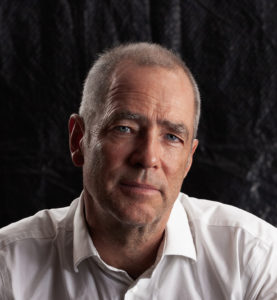Christopher Bardt
Christopher Bardt has over 25 years of experience as an architect and professor of architecture at RISD.
He is a founding principal of 3sixØ Architecture (with Kyna Leski) which was named in 2002 by Architectural Record as one of 10 leading vanguard firms worldwide. His professional experience includes furniture design, residential, commercial and institutional commissions and planning studies, ranging from small urban interventions to large-scale metropolitan development. His research on the geometry of sunlight, materials, materiality and tectonics as critical to architectural making and thinking has been widely published and exhibited.
Bardt has been a member of the architecture faculty at the Rhode Island School of Design since 1988. He has taught upper-level studios, architectural history, the history and theory of projective geometry, foundation courses and has coordinated and authored the curriculum of the three core semesters. He led the development of the celebrated drawing curriculum which fuses digital and physical (hand) approaches to architectural drawing. Chris was Graduate Program Director of the architecture department from 2009 to 2014. He has been a visiting professor at Cornell University and at the National Academy of Design and Art, Slovakia, and the China Academy of Art, Hangzhou. Chris served on the Board of Governors of the RISD Museum and was President of the Narragansett Boat Club from 2013 to 2019. Bardt holds a Bachelor of Architecture from RISD and a Master of Architecture from Harvard University.
ACADEMIC RESEARCH/AREAS OF INTEREST
Bardt’s research interests are focused on materials and the role they play in our self definition. For the past two decades he has developed pedagogy based on material engagement and resistance. He has been thinking about how materials guide us and how their properties generate insights. Materials resist us and make us aware of their resistance, a necessary condition of creativity. His new book Material and Mind was inspired in part by the mysterious connection between creativity and material engagement in the studio. Earlier in his career, he examined sunlight and used the problem of its geometry to “catch” it with a large-scale tectonic construction wholly generated by sun movement over time. The sunlight research continues, prompting a new book project on self and place or “umwelt” and their deep entanglement; a fundamental yet unfathomable fact of existence .
